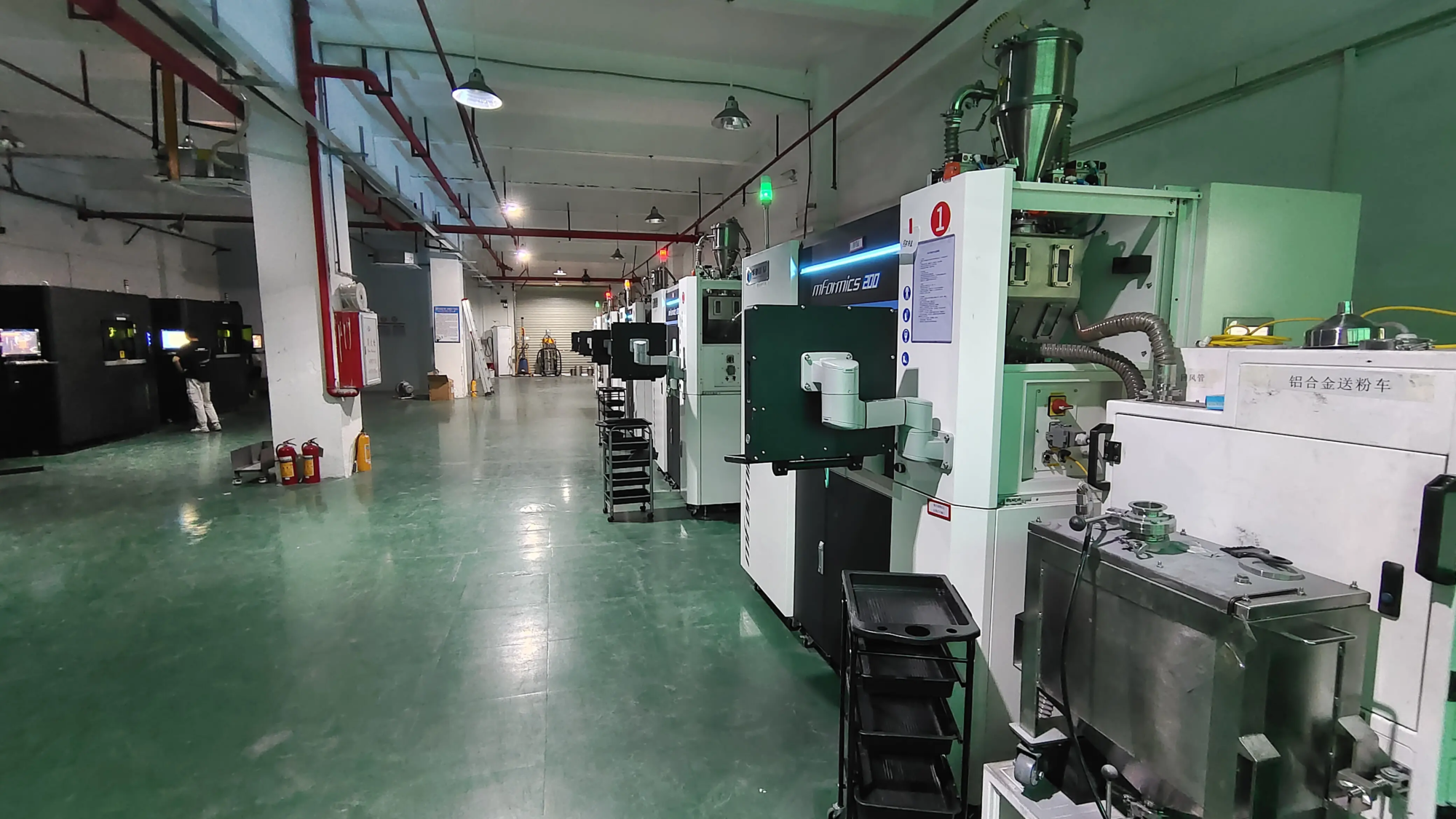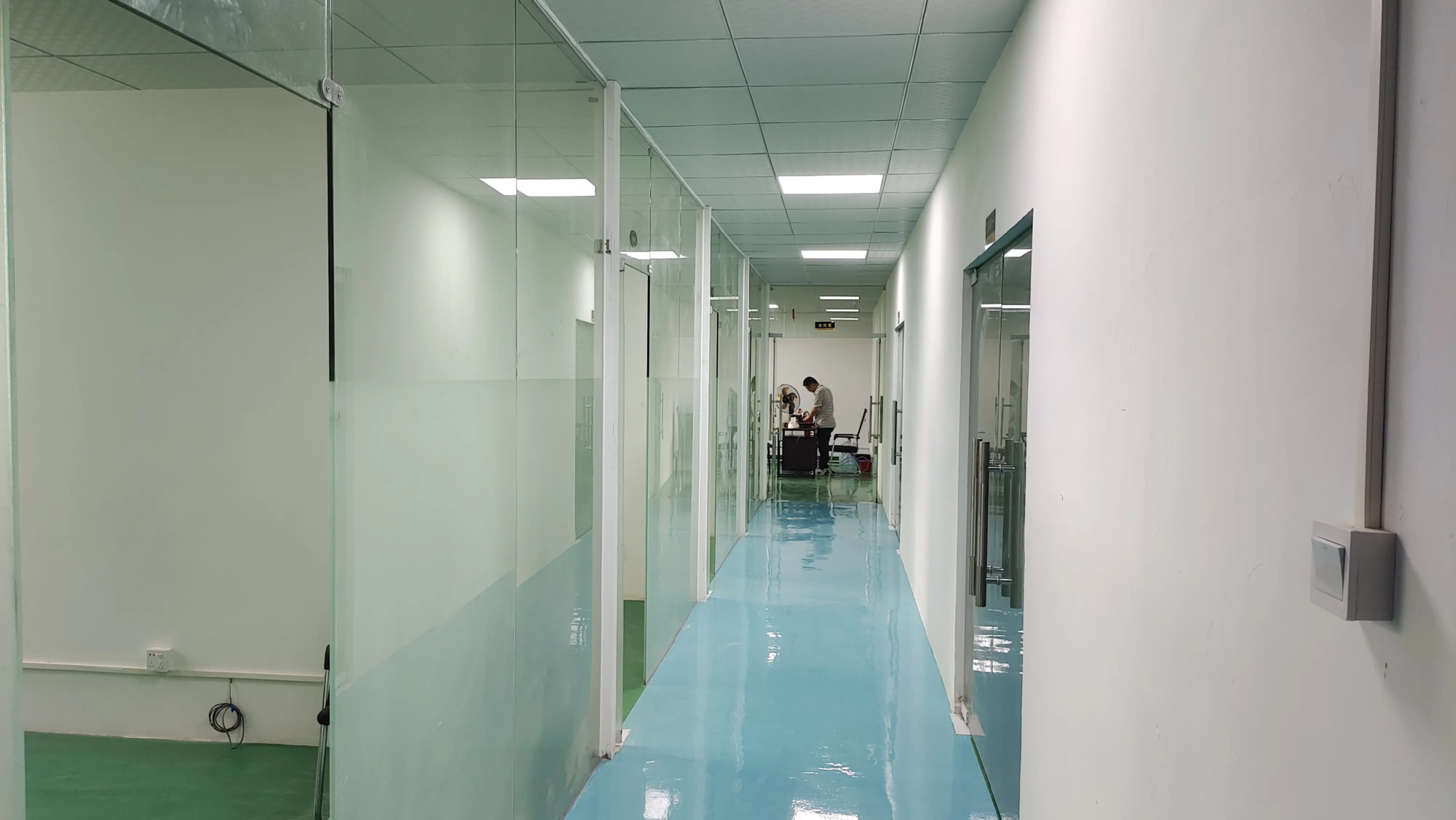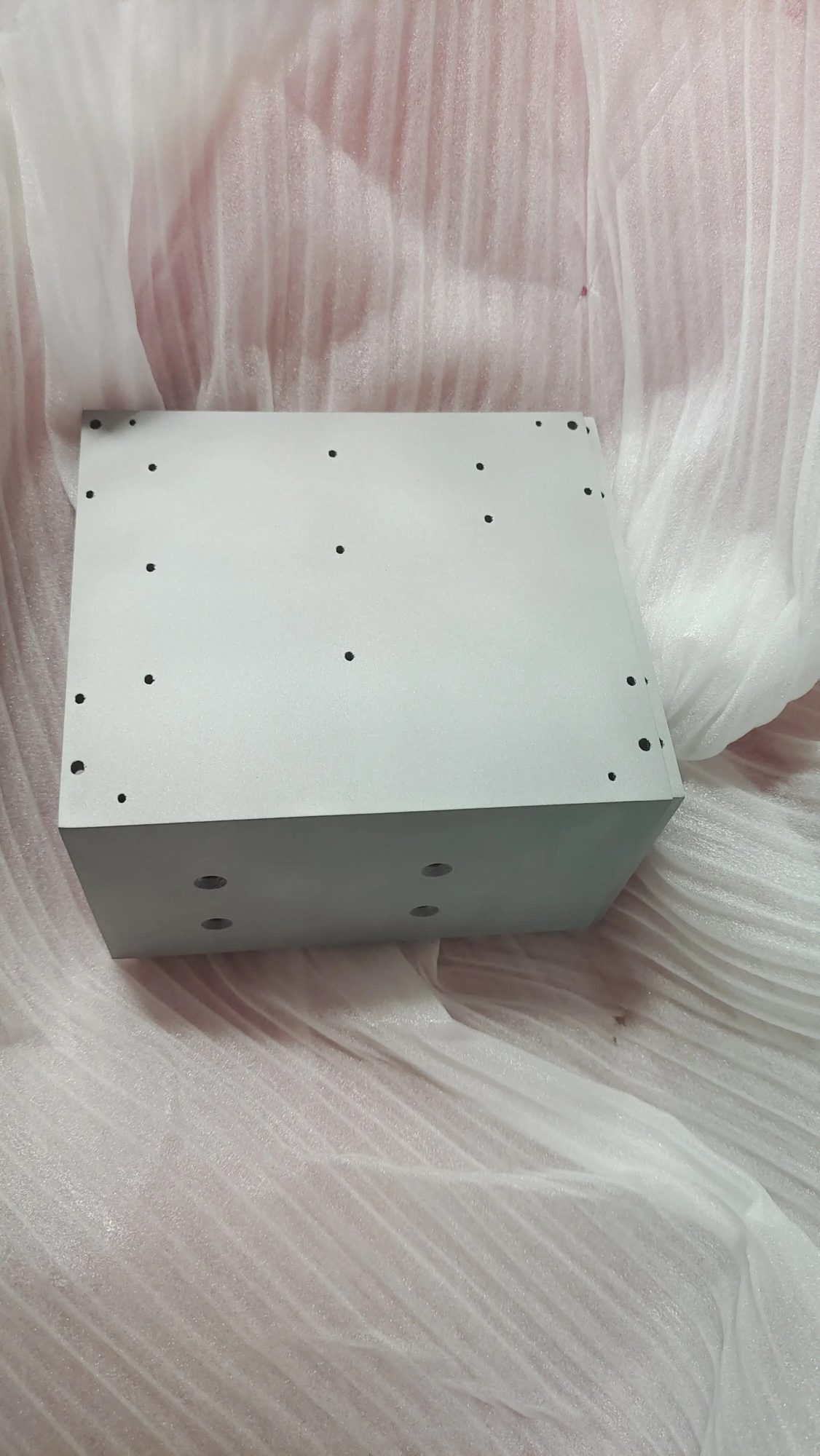introduce
The field of 3D printing is constantly evolving, but few machines have had as significant an impact on professional rapid prototyping as the Saturn range. Known for their powerful performance and exceptional accuracy, the Saturn 3D printer series is a cornerstone for industries that require high-fidelity prototypes and end-use parts. In addition to technical prowess, platforms like Saturn enable companies to accelerate product development cycles, significantly reducing time to market.
Key Innovations of the Saturn 3D Printer
-
High-resolution monochrome LCD and Z-axis accuracy: Saturn uses a high-definition monochrome LCD (monochrome) screen with advanced UV backlighting. This combination provides excellent light uniformity, allowing for:
- Sharper surface finish and finer voxel resolution (e.g., down to ~35μm XY pixel size).
- Layer curing times are significantly faster compared to older RGB screens, resulting in higher yields.
- Excellent dimensional accuracy is critical for tight tolerance functional prototypes and complex designs.
-
Scale build volume without impact: A key difference is its larger build volume relative to its footprint. This innovative design provides:
- The ability to produce larger individual parts (e.g., automotive parts, aerospace models).
- Efficiency in printing multiple smaller parts simultaneously in a single batch, optimizing production time and material usage.
- Achieve complex assemblies by printing larger components that would otherwise need to be taken apart.
-
Optimized light engine and output consistency: Saturn printers usually use an upgraded optical path design:
- Highly collimated UV projection ensures consistent energy transfer across the entire printing platform, eliminating edge distortion.
- This consistency is critical to maintaining part accuracy and mechanical performance across the entire build area, a key factor in rapid prototyping reliability.
-
Advanced air filtration and reduced resin consumption (OVAT): Many Saturn models incorporate OVAT (Outside Area Active Technology) or similar innovations in their cylinder design:
- Minimize the surface area of the top layer of uncured resin that is exposed to oxygen (which inhibits cure).
- Less resin is required to start printing, reducing material waste by up to 50% compared to traditional barrels, resulting in significant cost savings over time.
- Helps create a cleaner printing environment with an integrated filtration system in the resin cap.
-
Industrial Grade Material Compatibility: Saturn printers are designed to handle the vast resin ecosystem:
- Standard prototyping resin allows for high detail.
- Engineering Resins: Includes ABS-like, PP-like, flexible, heat-resistant and dental biocompatible materials for functional testing and end-use parts.
- Specialty resins for investment casting, jewelry and dental applications.
- This versatility enables manufacturers to match material properties directly to prototype requirements.
-
Enhanced structural integrity and user experience: Stability is critical to accuracy:
- The added weight and sturdy aluminum frame minimize vibration during operation.
- Dual linear Z-axis guides provide smooth, consistent motion for perfect layer alignment.
- User-friendly features such as a large color touch screen, WiFi connectivity for remote monitoring and powerful software such as Lychee Slicer compatibility simplify workflow.
-
Laser engraving capability (optional): Some advanced Saturn Pro models feature integrated laser engraving modules that allow for post-processing (e.g. serial numbers, logos) or even direct part marking without the need for a separate machine.
- Optimized cooling system: High-resolution printing generates heat. Saturn printers feature an enhanced cooling system that maintains optimal operating temperatures for the light source and electronics, ensuring continued peak performance and longevity.
The strategic advantages of professional prototyping
Saturn’s innovations directly translate into tangible benefits for the company:
- Accelerate development: Faster print cycles and reduced lead times compress the design iteration process.
- Higher fidelity model: Unprecedented accuracy of detail can be used to prototype complex geometries critical in aerospace, medical and consumer electronics.
- Cost efficiency: Reduced resin waste (OVAT), high batch efficiency and proven reliability lower total cost of ownership. Low part cost per print.
- Material Versatility: The ability to prototype using materials that mimic final production properties allows for real-world testing under real-world conditions.
- Scalability: From single engineers to dedicated production cells, Saturn delivers the performance needed to transition from research and development to bridge manufacturing.
GreatLight: Your Precision Prototyping Partner
At GreatLight, we know that cutting-edge hardware is only part of the rapid prototyping equation. as a leading Professional rapid prototyping manufacturer Based in China, we use State-of-the-art SLM (Selective Laser Melting) metal 3D printer and our wide range of high-performance resin printers, including the innovative Saturn series.
Our commitment is to solve complex Challenges of Rapid Prototyping of Metal Parts. We go beyond printing:
- One-stop post-processing: Comprehensive finishing services including cleaning, support removal, sanding, polishing, painting, plating, laser engraving and heat treating to meet precise specifications.
- Materials expertise: Custom material sourcing and processing options for metals and polymers. Most materials can be customized to meet your specific project needs. Reduce costs by optimizing material use through Saturn’s OVAT technology.
- Customized precision processing: Expertise in high-precision CNC machining (additive and subtractive) to create truly finished functional parts.
- Competitiveness and agility: we provide Rapid prototyping services at the best prices Does not affect quality. Quick quotes and turnaround are standard.
choose Gretel – one of the best rapid prototyping companies in China – Provide reliable, high-quality and cost-effective solutions. Contact us today Customize your precision rapid prototyping parts And experience the difference that proven expertise makes.
in conclusion
The Saturn 3D printer is not just another machine; It represents the fusion of advanced resolution, efficiency, reliability and material flexibility. Innovations such as high-precision monochrome LCD, large uniform build volume, OVAT resin saving system and industrial-grade stability make it a key tool for demanding rapid prototyping applications. For businesses looking to innovate faster and build better prototypes, the Saturn Series provides the technology foundation. Combining this powerful hardware with the expertise and full-service capabilities of partners like GreatLight ensures a seamless transition from rapid prototyping to production-ready success.
FAQ: Saturn 3D Printers and Related Prototyping
-
Q: What is the main advantage of the monochrome LCD screen on the Saturn?
one: Monochrome LCDs offer significantly faster cure times per layer (sometimes half that of RGB screens) and longer lifespans (thousands of hours), resulting in faster print jobs, higher productivity and lower operating costs per print. -
Q: How much resin does Saturn’s OVAT technology actually save?
one: OVAT significantly reduces the resin required to fill the printing tank. OVAT eliminates the need to fill the entire tank (usually 200ml+), with some models requiring only 80-100ml to start printing, potentially cutting resin waste in half, especially for smaller or shorter prints. Over time, the savings add up significantly. -
Q: Can Saturn be printed with engineering resin?
one: Absolutely. Saturns are specifically designed to handle a variety of industrial-grade resins, including tough/ABS-like, PP-like, flexible (TPU-like), high-temperature materials, dental resins, and water-wash options. Always make sure the resin clarity matches your printer’s optimal UV wavelength (usually around 405 nm). -
Q: Is the Saturn suitable for low-volume production or just for prototyping?
one: While the Saturn is primarily designed for prototyping, its speed, volume, reliability and unit cost efficiency make it ideal for low-volume manufacturing (bridge production) of complex non-metallic end-use parts, particularly using engineering resins. -
Q: What post-processing is required after printing?
one: Typical steps include:- Remove from build plate.
- Wash with IPA (or water used to wash resin) to remove uncured resin.
- Remove the support structure.
- Optional post-cure under UV for maximum material strength/stability.
- Further finishing stages (sanding, smoothing, painting, laser marking, etc.) – GreatLight specializes in comprehensive services.
- Q: Why choose GreatLight for prototyping with Saturn or metal 3D printing?
one: glow offer Complete vertical integration: We utilize advanced printers such as Saturn to create complex resin models, and powerful SLM systems to create metal parts. In addition to simple printing, we also offer Expertise in design optimization, material selection, precision machining and a full range of professional post-processing services All inside. We focus on Deliver high-quality features tailored to your specifications quickly and at the best value Suitable for rapid prototyping and small batch production.





